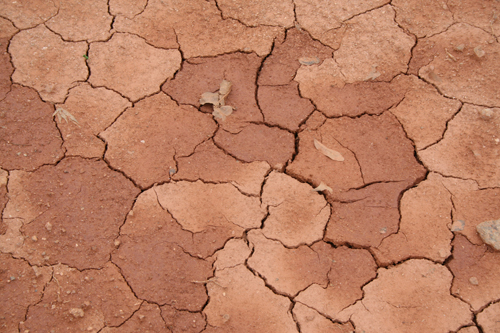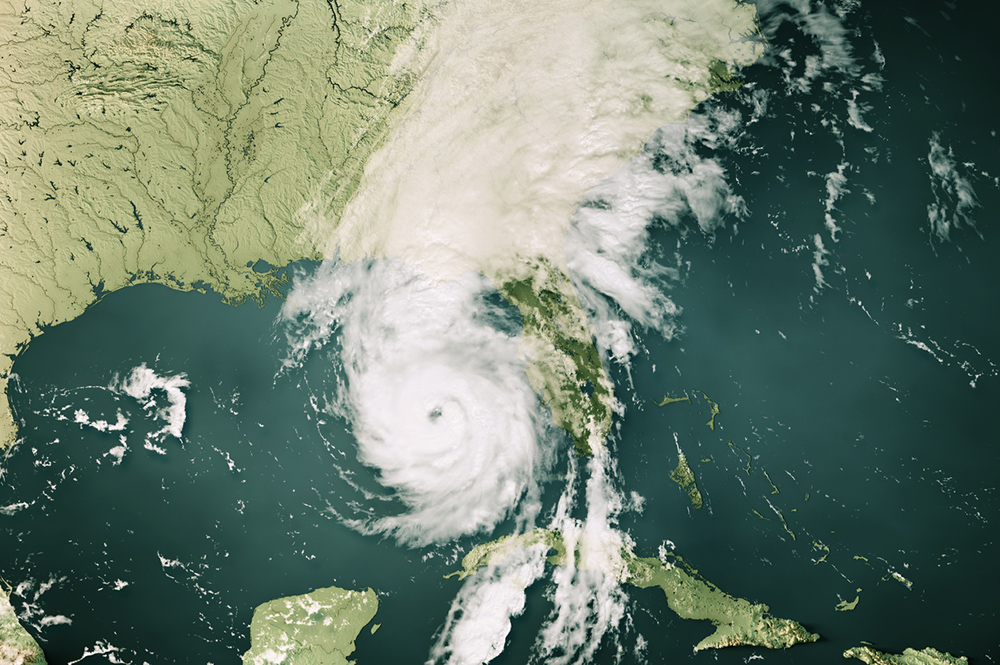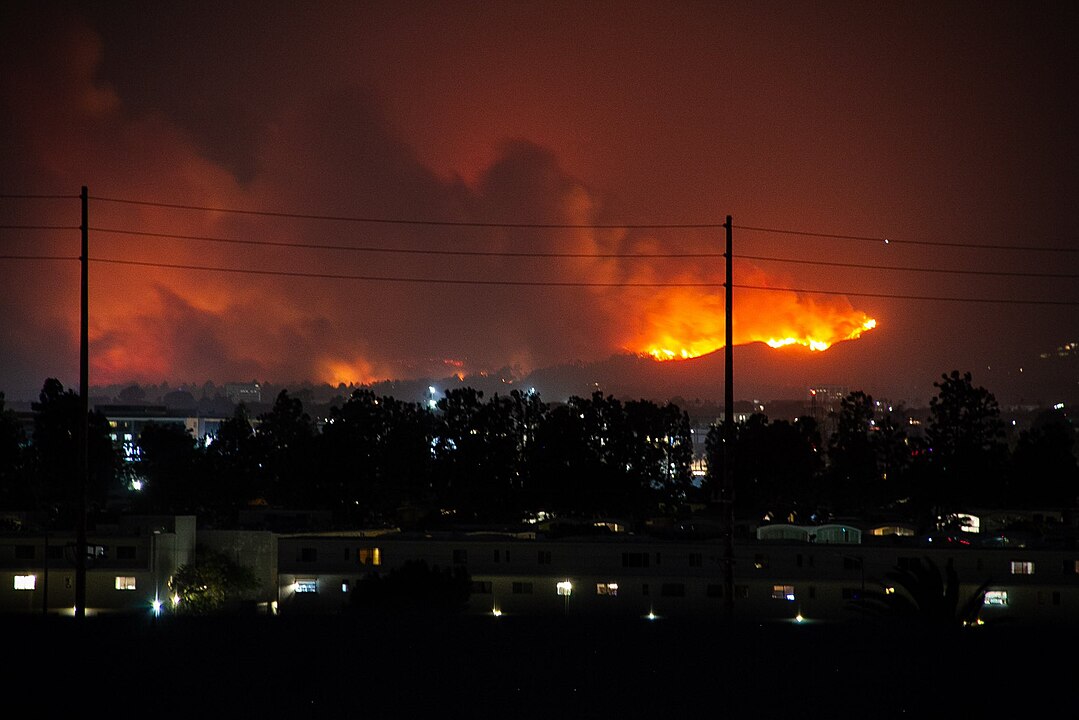Due to an abnormally dry January and February, drought conditions have returned to much of Georgia. And it could get worse.
By the end of last year, the state, with the exception of the northeast quarter, wasn’t in drought. This has changed.
Northeast Georgia remains in severe to extreme drought conditions. Northwest Georgia is classified as being abnormally dry. The southwest and extreme southeast parts of the state are in mild drought.
More specifically, extreme drought conditions are currently found in Hart, Elbert, Madison, Oglethorpe, Clarke, Jackson, Banks and Stephens counties.
Severe drought conditions are found in Lincoln, Wilkes, Oconee, Barrow, Hall, Lumpkin, White, Habersham, Fannin, Union, Towns and Rabun counties.
Mild drought conditions are found in Camden and Charlton counties as well as south and west of Chattahoochee, Marion, Schley, Sumter, Lee, Worth, Colquitt, Cook and Lowndes counties, inclusive.
Abnormally dry conditions are found in the northwest Georgia counties of Dade, Walker, Catoosa, Whitfield, Chattooga, Gordon, Floyd and Bartow.
The remaining 102 counties are in moderate drought.
The cool season – October through April – is critical for the state. That’s when it typically receives moisture recharge to the soils, groundwater, rivers and reservoirs. Without significant rain in the next two months, Georgia is primed for another year of drought.
Over the past 30 days, almost the entire state has received less than half of normal rain. Much of the northern coastal plain has received less than a quarter of normal rain.
Over the past 60 days, less than half of normal rain has been reported south of a line from Heard to Henry to Morgan to Clarke to Elbert counties, inclusive. Much of the northern coastal plain has received less than a quarter of normal rain over the past 60 days.
While the past two months have been extremely dry, total rain since Oct. 1, the beginning of the recharge period, has been near normal across southwest and northwest Georgia and the lower Savannah River basin.
Stream flows across the piedmont and northern coastal plain are at or near record low flows for late February. Across the southern coastal plain, stream flows are near normal to abnormally low, but are not at record low flows.
The major reservoirs of Lanier, Hartwell, Russell and Clarks Hill remain near record lows with diminishing hope for recharge unless there is a major weather pattern shift over the next few months.
Groundwater levels are generally near normal across southwest and northwest Georgia. The levels are abnormally low across much of the northern coastal plain and the piedmont. Groundwater levels can and do vary over very short distances especially when measurements are taken from different aquifers.
Additional drought information and updates can be found at www.georgiadrought.org. Automated weather data is at www.georgiaweather.net. Daily rainfall data is at www.cocorahs.org. U.S. Geological Survey data is at ga.water.usgs.gov.
Water conservation information is available at www.conservewatergeorgia.net.








